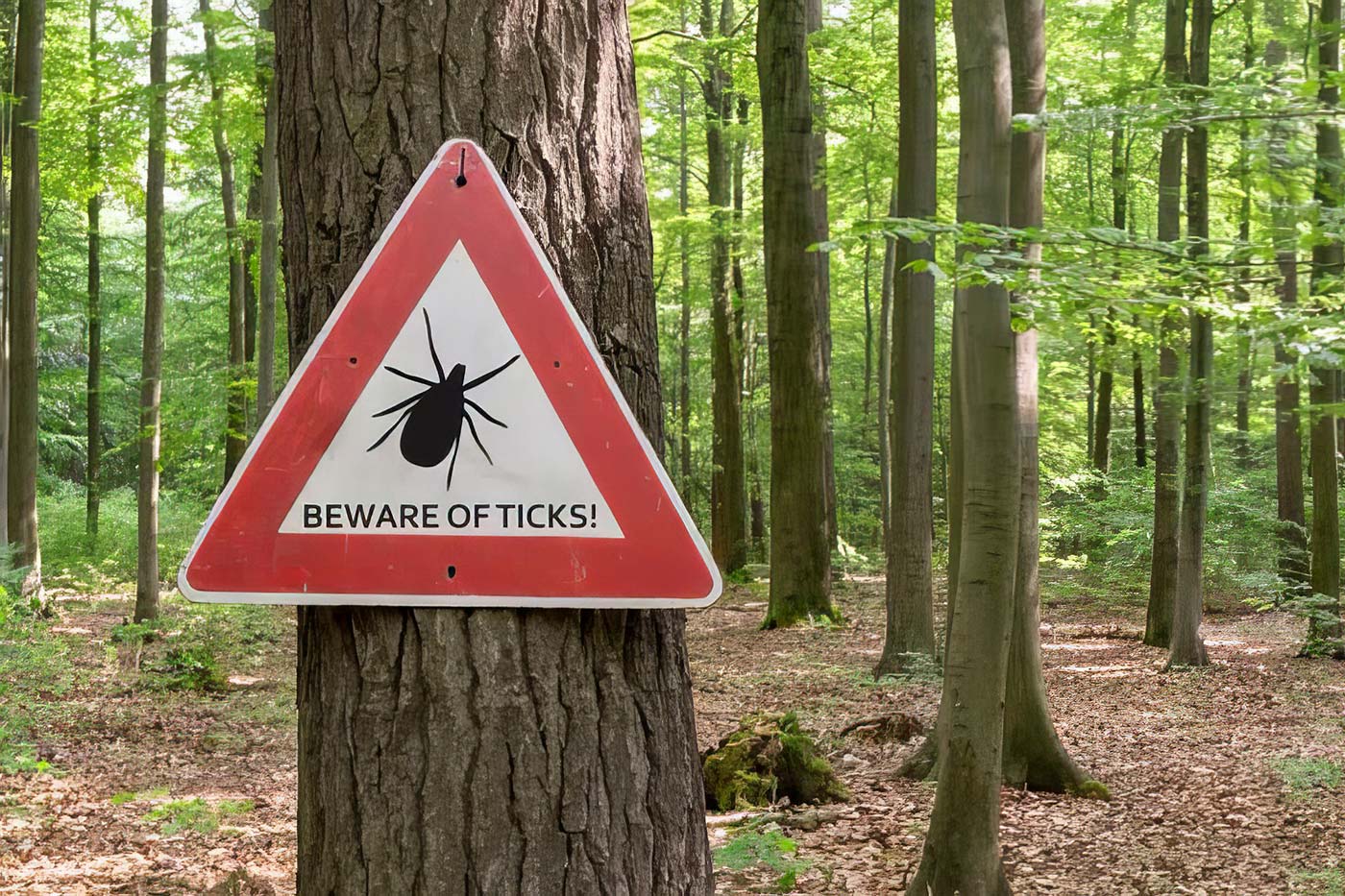Spring is here, and with it comes blooming flowers, warmer weather—and ticks. As a parent, I know how scary it can be to find a tick on your child after a day of hiking or playing in the backyard. Ticks can carry diseases like Lyme disease, so it’s important to remove them the right way. Here’s a simple, step-by-step guide based on advice from the CDC and the American Academy of Dermatology to keep your kid safe this season.
Step 1: Stay Calm and Gather Your Tools
Finding a tick can feel gross, but don’t panic—it’s key to act quickly and carefully. Grab a pair of fine-tipped tweezers, a small container (like a jar or Ziploc bag), and some rubbing alcohol or soap and water. These tools will help you remove the tick safely and save it in case your doctor needs to test it later.
Step 2: Remove the Tick the Right Way
Using your tweezers, grab the tick as close to your child’s skin as possible—aim for the head, not the body. Pull straight up with steady pressure; don’t twist or jerk, as this can leave parts of the tick behind, which might cause infection. The CDC warns against using old tricks like petroleum jelly, nail polish, or a hot match—these don’t work and can make things worse.
Step 3: Clean and Monitor
Once the tick is out, clean the bite area and your hands with rubbing alcohol or soap and water. Put the tick in the container with a damp paper towel and seal it, just in case you need to show it to a doctor. For the next few weeks, keep an eye on the bite site. If you see a rash (especially one that looks like a bull’s-eye), fever, or if your child feels tired or achy, call your doctor right away—these could be signs of Lyme disease. You will want to keep a record of when the bite occurred and where you most likely acquired the tick to share with your doctor.
Our Centers for Disease Control and Prevention offers an amazing tool called the Tick Bite Bot to help you remove a tick and seek further healthcare if appropriate:
Spring Tips for Parents
Spring is prime tick season, so take steps to protect your kids and reduce ticks around your home. After outdoor play, especially in grassy or wooded areas, check your kids (and pets!) for ticks—look in hidden spots like behind ears, under arms, and between toes. Dress them in long sleeves, long pants, and closed-toe shoes, and use an EPA-approved insect repellent on exposed skin and clothing. At home, tackle yard cleanup to make your space less tick-friendly: mow the lawn regularly, clear tall grasses and brush, and remove leaf litter where ticks hide. Create a tick-safe zone by placing a 3-foot-wide barrier of wood chips or gravel between your yard and wooded areas, as recommended by the CDC. Consider using tick control products on pets, but always check with your vet first.
For more kids’ skin tips, listen to our latest Don’t Be Rash podcast episode!




